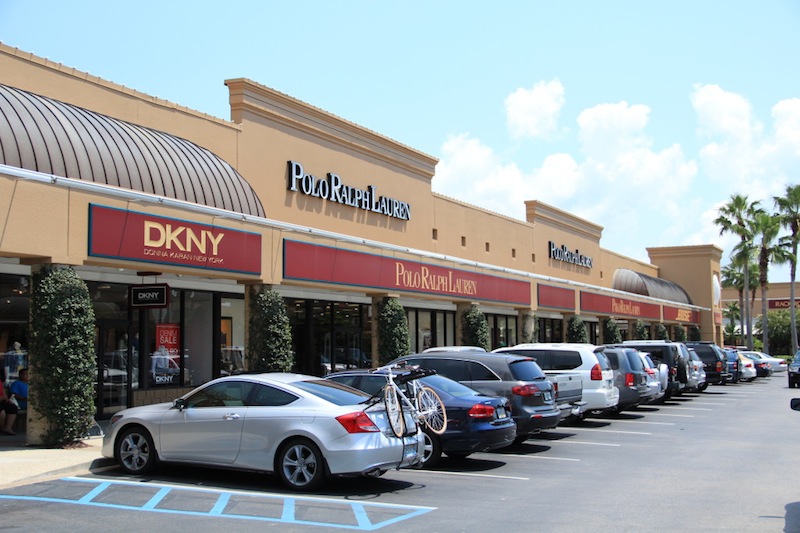Like digging a ditch with a spoon, retail demand driven by population growth has eaten away at the supply of available store space in the markets that have been slowest to recover from the downturn. It has been a long row to hoe, but vacancy rates are reaching a point that will give at least some landlords in every market the clout to demand slightly higher rents.
“We’re not quite there yet, but by the end of this year virtually all markets should see rent growth,” said Greg Maloney, President and Chief Executive Officer, Jones Lang LaSalle Retail Group. “Quite a few markets are already posting year-over-year growth, including Miami, Fort Lauderdale, Dallas, New York, Tampa, San Francisco, Hawaii, Los Angeles and Boston.”
Most of those rent-growth metros are enjoying robust local economies, many driven by energy or high tech employment. Houston will soon join the list, although it has yet to achieve year-over-year rent growth.
Maloney added, “It’s important to note that many of the markets that are experiencing robust growth are also the ones that had the steepest decline.”
National averages show rents still on the decline, falling a scant 0.2 percent from a year ago, according to Jones Lang LaSalle’s United States Spring Retail Forecast, published today. Yet rents overall were up 0.3 percent from the previous quarter, providing an early glimmer of a more widespread turnaround.
Outlets are in
Increased consumer interest in value retail has already fueled sales and growing store counts for many retailers that specialize in do-it-yourself home or automotive repairs and low-cost consumer goods. The same fervor for value has also pushed outlet centers to the forefront of retail real estate performance, researchers found.
“Outlet center performance has been outstanding in recent years, with developers racing to bring more centers to market to meet growing demand,” said Kristin Mueller, Chief Operating Officer, Jones Lang LaSalle.
“The quality of retailers tenanting outlets is becoming more sophisticated and upscale as well,” Mueller said. “Success has enabled outlet landlords to be more picky, and they have more retailers to choose from because even some luxury brands and department stores are dipping their feet into the outlet concept.”
Other highlights from the Spring Retail Forecast:
- The slow improvement in retail real estate fundamentals reflects the glacial progress of the economic recovery; annualized gross domestic product growth averaged just 1.8 percent over the past four quarters, while the jobless rate stands at a disheartening 7.6 percent.
- Vacancy inched down 10 basis points to 6.7 percent in the first quarter, down 80 basis points from the cyclical peak in the first half of 2010 but well above its 10-year average.
- Strip and neighborhood shopping centers have the highest vacancy rate among property types at 10.4 percent, but are finally starting to see a turnaround, with vacancies dropping some 11 percent year-over-year for the first time since 2009. Power centers posted the largest vacancy decline, falling 60 basis points year-over-year to 5.9 percent.
JLL Retail offers comprehensive retail services to meet the expanding needs of investors and occupiers of real estate. As the leading retail service provider, Jones Lang LaSalle manages a portfolio of 94 million square feet of retail centers within the United States and delivers service offerings to 80+ retailers – locally and nationally. For more information on JLL Retail, visit www.jllretail.com.
About Jones Lang LaSalle
Jones Lang LaSalle (NYSE:JLL) is a professional services and investment management firm offering specialized real estate services to clients seeking increased value by owning, occupying and investing in real estate. With annual revenue of $3.9 billion, Jones Lang LaSalle operates in 70 countries from more than 1,000 locations worldwide. On behalf of its clients, the firm provides management and real estate outsourcing services to a property portfolio of 2.6 billion square feet. Its investment management business, LaSalle Investment Management, has $47.0 billion of real estate assets under management. For further information, visit www.jll.com.
Related Stories
| Aug 11, 2010
Great Solutions: Healthcare
11. Operating Room-Integrated MRI will Help Neurosurgeons Get it Right the First Time A major limitation of traditional brain cancer surgery is the lack of scanning capability in the operating room. Neurosurgeons do their best to visually identify and remove the cancerous tissue, but only an MRI scan will confirm if the operation was a complete success or not.
| Aug 11, 2010
Great Solutions: Collaboration
9. HOK Takes Videoconferencing to A New Level with its Advanced Collaboration Rooms To help foster collaboration among its 2,212 employees while cutting travel time, expenses, and carbon emissions traveling between its 24 office locations, HOK is fitting out its major offices with prototype videoconferencing rooms that are like no other in the U.
| Aug 11, 2010
2009 Judging Panel
A Matthew H. Johnson, PE Associate Principal Simpson Gumpertz & HegerWaltham, Mass. B K. Nam Shiu, SE, PEVP Walker Restoration Consultants Elgin, Ill. C David P. Callan, PE, CEM, LEED APSVPEnvironmental Systems DesignChicago D Ken Osmun, PA, DBIA, LEED AP Group President, ConstructionWight & Company Darien, Ill.
| Aug 11, 2010
Inspiring Offices: Office Design That Drives Creativity
Office design has always been linked to productivity—how many workers can be reasonably squeezed into a given space—but why isn’t it more frequently linked to creativity? “In general, I don’t think enough people link the design of space to business outcome,” says Janice Linster, partner with the Minneapolis design firm Studio Hive.
| Aug 11, 2010
BIM school, green school: California's newest high-performance school
Nestled deep in the Napa Valley, the city of American Canyon is one of a number of new communities in Northern California that have experienced tremendous growth in the last five years. Located 42 miles northeast of San Francisco, American Canyon had a population of just over 9,000 in 2000; by 2008, that figure stood at 15,276, with 28% of the population under age 18.







